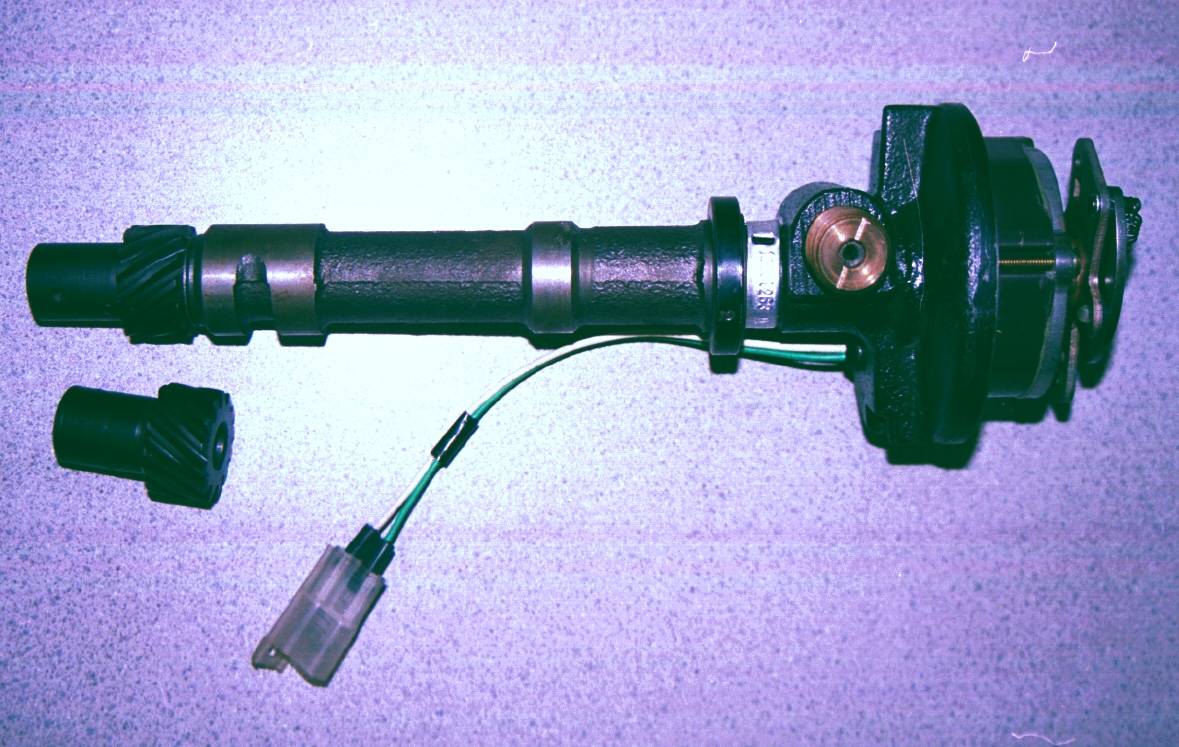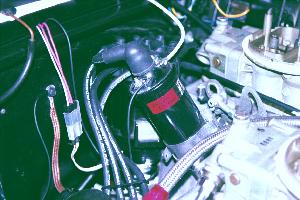
|
| C R G | CRG Reports | Exterior | Engine | 1967 Model ID |
| Numbers Decode | General Info | Interior | Transmission | 1968 Model ID |
| Drivetrain Decode | Options | Underhood | Chassis | 1969 Model ID |
Delco-Remy Transistor Ignition Systems as Used on the Early Camaro
A Comprehensive Primer to the Forgotten DelcotronicTransistor-Controlled
Magnetic-Pulse-Type Ignition System
|
Reviewed by the CRG Last Edit: 26-Nov-2013 Previous Edits: 28-Jun-2003 Original Release: 28-Jun-2003 |

|
|
|
 |

|
|
From top to bottom: Ground Wire PN 6297793 Starter Switch Extension Wires PN 8901973 (post 1969 OTC) PN 6297792 (ZL1) PN 2986913 (1968-69 OTC) PN 2987102 (1967-68 OTC) |
|
|
OTC OTC 1969 ZL1 OTC
1967-May 1969 May 1969 Factory Post-May 69[1]
------------- ----------- --------- --------------
Distributor 1111267 (302) 1111267 (302) 1111927 1111267 (302)
1111263 (race) 1111263 (race) 1111263 (race)
Amplifier 1115005 1115005 1115343 1115343
Mounting Plate 3916730 3916730[2] 3954206 none
3954206(all)
Coil 1115207 1115207 1115210 1115207
Main Harness 2988218 6300109 6297791 6297688
and and either (thru 4/69)
6287841 6287841 (302) 6297688
or (after 4/69)
2988219 (BBC)
Ign. switch wire 2987102 (67-68) TBD (69 302)[3] 6297792 8901973
(and 69?)[3] 2986913 (BBC)
Ground wire in harnesses in harnesses 6297793 6297793
TI Unit 3921048 3921048 none 3997782
Instruction sheets 3916731 TBD COPO 9560 3965743
(1969 AIM) & Green Shts
Footnotes:
[1] This change may have been in 1970. It was after the May 1969 Heavy Duty Parts
list publication.
[2] #3916739 is listed in the parts book. It's probably a typo and should be PN 3916730.
[3] Part number used is not clear for these applications. See text for recommendations.
|
|
|